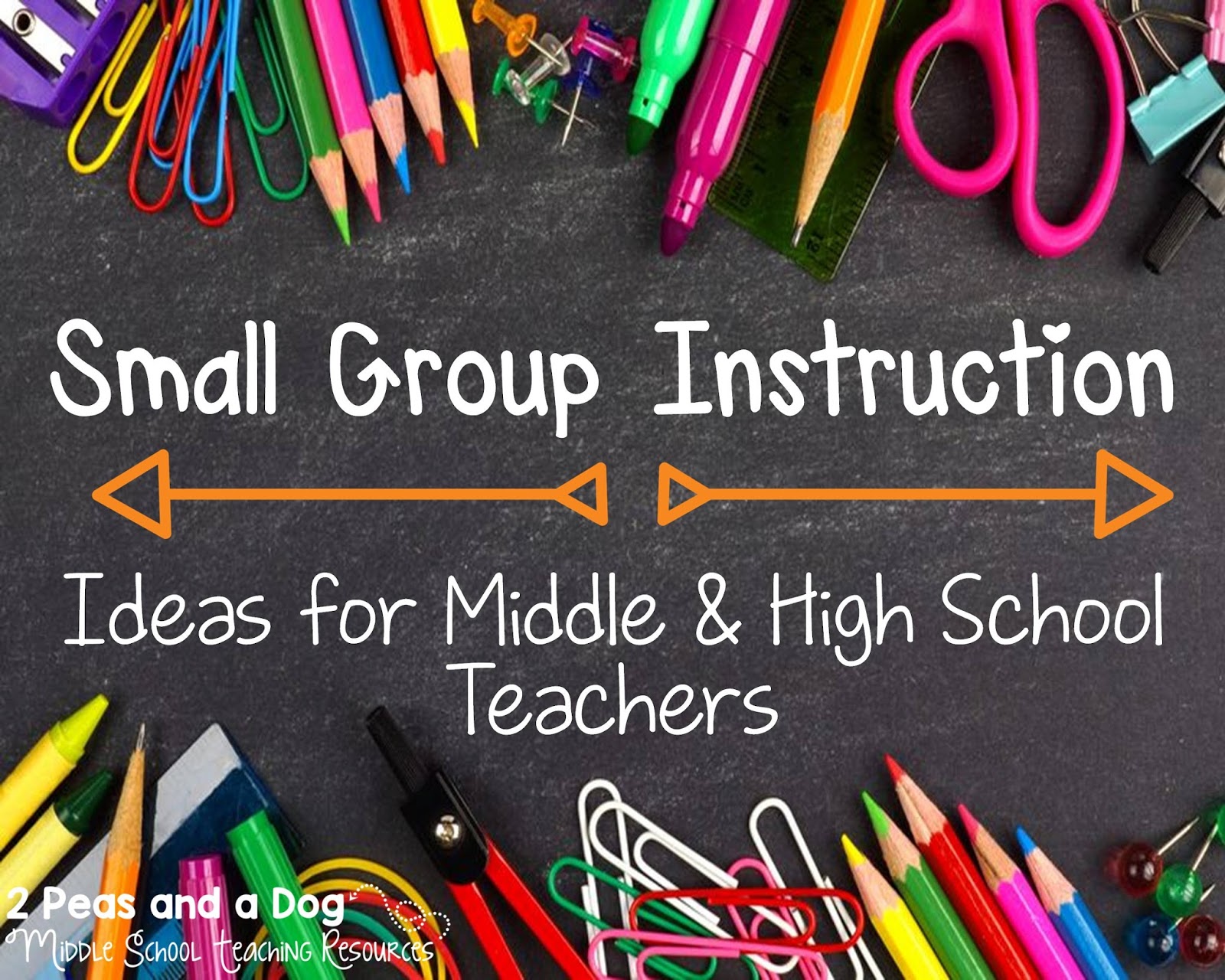


Many schools adopted such virtual programs in a matter of months to adapt to the ongoing public health crisis. Shared answers have become even more accessible as districts have adopted or expanded their use of popular online learning programs like Edgenuity, which delivers the same content to students across the country. Schools’ large-scale shift to virtual education amid COVID-19 is challenging the system of determining what students actually know and limiting educators’ ability to ensure academic integrity.Ĭheating has always been an issue in schools, but there is little getting in the way for students today. There are even tricks to fake attendance in a Zoom class - demonstrated by a teen’s viral Tik Tok video. Students connect on social media or text groups to share answers. Smartphone apps take a photo of a question and produce the answer. In the past month, he gained 2,000 new users, including more than 100 in Oklahoma.Īnd his tool is just one of many available to savvy students.Įntire test keys and quiz answers are posted to homework help websites. His program, developed from his home in Heber City, Utah, has been downloaded 40,000 times by students across the country. Wursten is more computer savvy than most, but his quest for shortcuts is typical. The hacks make it possible to complete a course much faster, students say. And those answers are often easily found on the web. Instead of watching a 30-minute history lesson on the Iroquois, students can cut right to the quiz. Once installed, his program can skip videos and automatically fill practice questions with answers - progressing straight to quizzes and tests.

#HIGH SCHOOL STORY HACK TOOL CRACKED#
Computer programmer Gradyn Wursten still updates a project he created to hack his high school homework.Īs a sophomore, he used an old MacBook with a cracked screen and bulging battery to write the code that adds shortcuts to Edgenuity - an online education platform used by more than 3 million students.


 0 kommentar(er)
0 kommentar(er)
